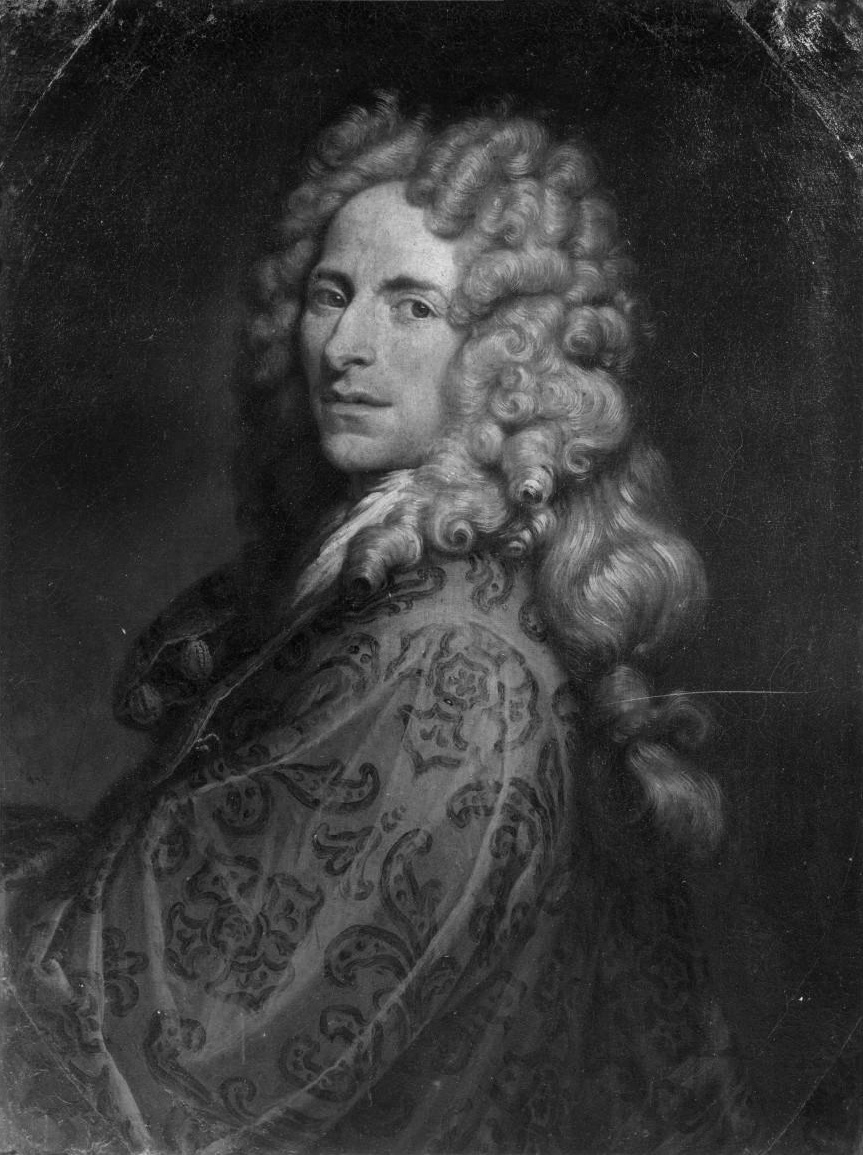Francesco Galli Bibiena on:
[Wikipedia]
[Google]
[Amazon]
 Francesco Galli, called Francesco da Bibiena, or da Bibbiena (1659-1739) was a member of the theatrical Galli da Bibiena family and younger brother of Ferdinando Galli.
Francesco Galli, called Francesco da Bibiena, or da Bibbiena (1659-1739) was a member of the theatrical Galli da Bibiena family and younger brother of Ferdinando Galli.
 Francesco Galli, called Francesco da Bibiena, or da Bibbiena (1659-1739) was a member of the theatrical Galli da Bibiena family and younger brother of Ferdinando Galli.
Francesco Galli, called Francesco da Bibiena, or da Bibbiena (1659-1739) was a member of the theatrical Galli da Bibiena family and younger brother of Ferdinando Galli.
Life and work
He was born atBologna
Bologna ( , , ; ; ) is the capital and largest city of the Emilia-Romagna region in northern Italy. It is the List of cities in Italy, seventh most populous city in Italy, with about 400,000 inhabitants and 150 different nationalities. Its M ...
. He first studied under Lorenzo Pasinelli; but he was afterwards instructed in the school of Carlo Cignani
Carlo Cignani (; 15 May 1628 – 8 September 1719) was an Italian painter. His innovative style referred to as his 'new manner' introduced a reflective, intimate mood of painting and presaged the later pictures of Guido Reni and Guercino, as well ...
. His knowledge of architecture and perspective was considerable; but he excelled in figures. Francesco worked at Piacenza, Parma, and Rome, and then became ducal architect at Mantua. After a stay in Genoa and Naples he was called to Vienna, where he built a large theatre. He worked successively for the Emperors Leopold I and Joseph I Joseph I or Josef I may refer to:
*Joseph I of Constantinople, Ecumenical Patriarch in 1266–1275 and 1282–1283
*Joseph I, Holy Roman Emperor (1678–1711)
* Joseph I (Chaldean Patriarch) (reigned 1681–1696)
*Joseph I of Portugal (1750–1777) ...
, and was invited to Madrid by Philip V, who appointed him his principal architect.
Francesco was known for his theatrical achievements in scenic design. He was the first member of the Bibiena family to build theatres as well as to design sets. In 1700 he completely renovated the theatre in Hofburg, Vienna, for Emperor Leopold I. The large theatre was known as the ''Große Komödiensaal'' ("Grand Hall of Comedies"), which later became the Court Theater (Burgtheater). The opera house, however, burned down in 1747. The Hoftheater's architecture greatly influenced theatre design in Germany and Austria throughout the first half of the eighteenth century.
After a short stay in Italy and in Lorraine, he was invited by Emperor Joseph I, back to the Hofburg, to work as the "First Theatrical Engineer" and as a scene-painter/decorator from 1709 to 1712. He was also the architect of the great theatre at Nancy, France; of the Teatro Filarmonico at Verona, which some called the finest theatre in Italy; and of the Teatro Alibert in Rome. In 1726, Francesco returned to Bologna, where he directed the Clementine Academy.
Although his father, Giovanni Galli da Bibiena, had a distinguished career, it was Francesco and his older brother Ferdinando that established the family's artistic reputation and its fortune.
Notes
References
*External links
{{DEFAULTSORT:Galli Bibiena, Francesco 1659 births 1739 deaths 17th-century Italian painters Italian male painters 18th-century Italian painters Painters from Bologna Architects from Bologna People of Tuscan descent 18th-century Italian male artists